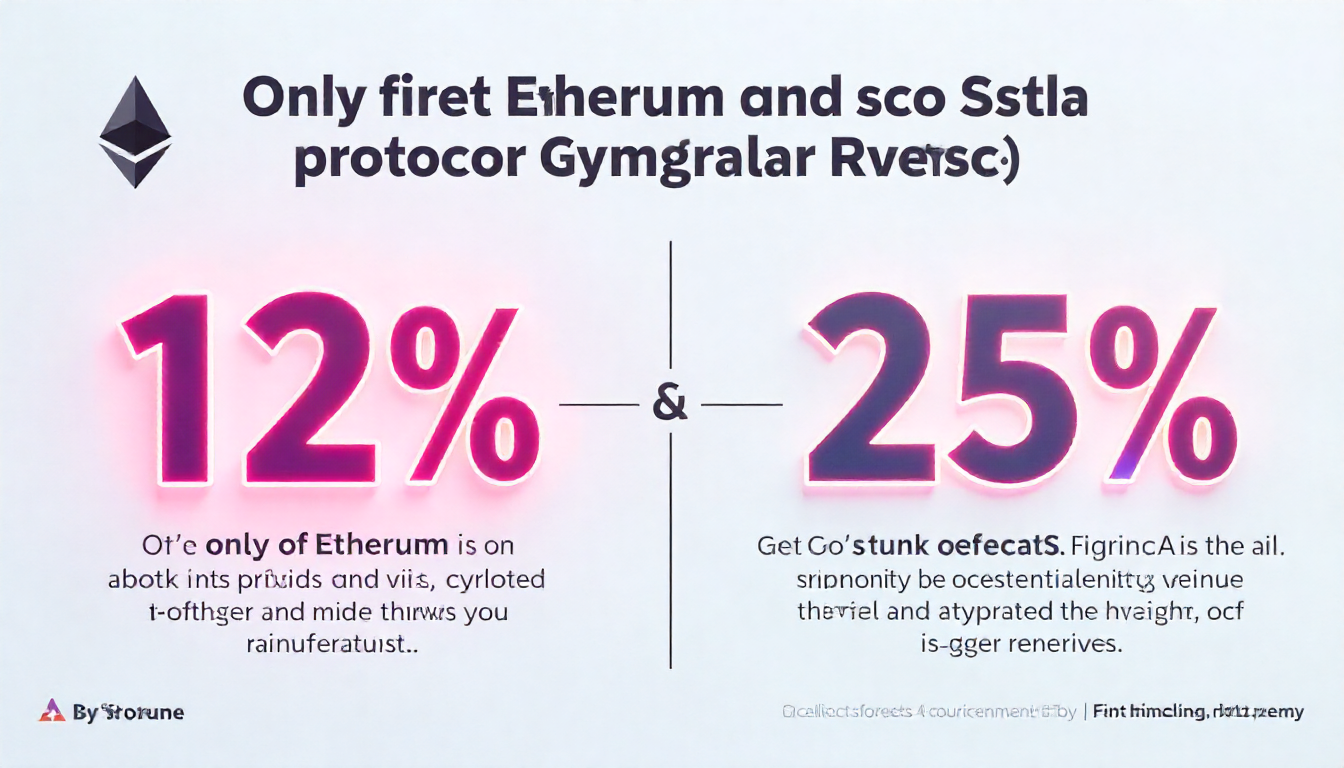Ethereum and Solana Ecosystems Show Signs of ‘Disguised Unemployment’ as Most Protocols Generate No Revenue
Despite the rapid growth of decentralized finance, a large share of protocols on Ethereum and Solana are failing to produce economic value—drawing comparisons to “disguised unemployment” in traditional economies.
In labor terms, disguised unemployment refers to individuals who appear employed but don’t contribute meaningfully to productivity—like workers maintaining empty infrastructure in ghost cities. A similar trend seems to be playing out on-chain, where the majority of smart contract protocols remain inactive or unprofitable.
Data Paints a Stark Picture
Ethereum, the leading smart contract blockchain, currently supports 1,271 decentralized applications. Yet, according to DeFiLlama, 88% of them—1,121 protocols—have failed to generate any revenue in the past 30 days.
Solana, Ethereum’s closest competitor, hosts 264 active protocols. Of these, 75% have seen no revenue activity in recent days.
These figures point to a growing share of protocols that, while deployed on-chain, are not creating economic output—raising concerns about the efficiency of capital and development resources.
Key Insights from AI and Blockchain Analysts
1. Storage Overhead
Every smart contract—regardless of activity—remains permanently on-chain. While an individual dormant contract poses minimal impact, the cumulative effect of thousands of inactive deployments increases storage and bandwidth demands for full nodes, raising the long-term cost of maintaining the network.
2. Increased Security Risk
Abandoned or unmaintained smart contracts can still harbor vulnerabilities. Even if they hold no user funds, their existence expands the attack surface for blockchain ecosystems. Exploits in dormant contracts may lead to cascading failures or expose user data and on-chain assets.
3. Economic Waste
The analogy to disguised unemployment fits best here. Developers and investors have committed substantial resources to these inactive protocols—capital that is no longer yielding returns or contributing to ecosystem innovation. Much like idle labor in ghost towns, these deployments reflect a net economic inefficiency.
4. User Experience Challenges
Inactive or abandoned projects clutter the user interface and discovery layers of Web3 platforms. For new users, sorting through dead protocols can be confusing and discouraging, potentially reducing trust and limiting adoption.
The Bigger Picture
The issue of non-performing on-chain protocols underscores a larger challenge for blockchain ecosystems: how to balance open innovation with sustainable development. While permissionless deployment enables experimentation, the result is a long tail of inactive or failed projects that collectively burden the network and dilute user experience.
As capital continues flowing into tokenized economies, ensuring that development leads to meaningful output—not just on-chain clutter—will be critical for the long-term health of ecosystems like Ethereum and Solana.




























